A cute little bird with a dazzling combination of blue and white feathers finished off with a stylish black mask.
Meet the Azure Tit
The azure tit (Cyanistes cyanus) is a passerine bird in the tit family Paridae. About four to five inches long, these birds are mostly white with blue patches along their back. The mostly white background really makes this bird pop in a stunning way.
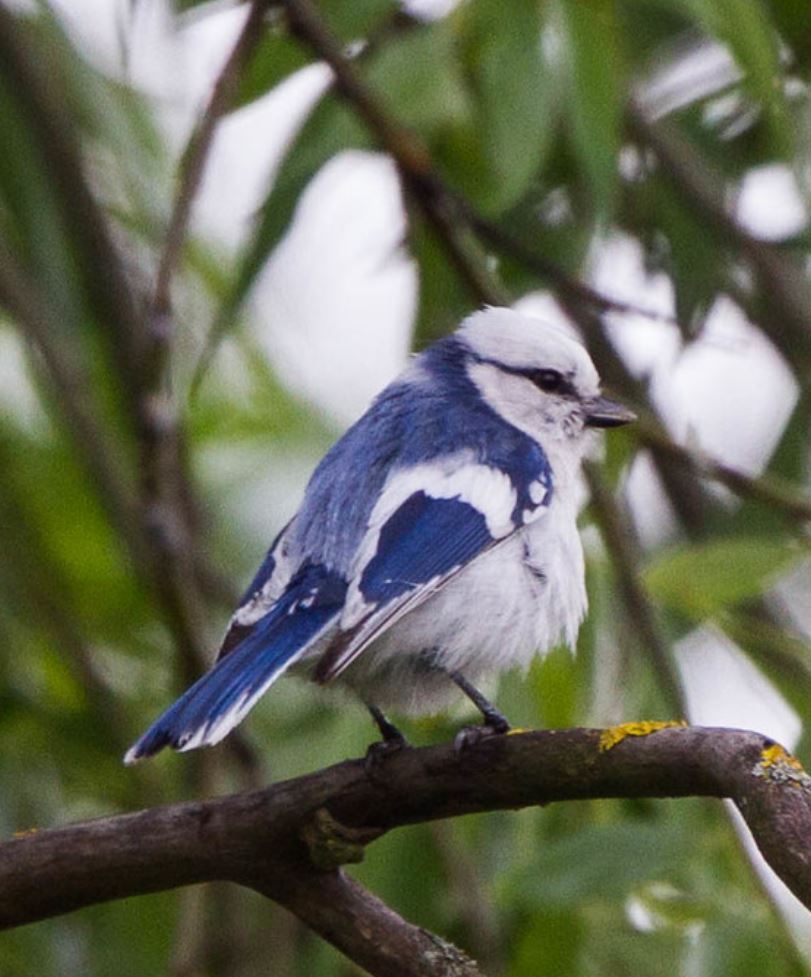
Photo (cropped) Courtesy of sussexbirder / CC BY 2.0
A more than welcome sight, most, if not all European birders would like to see is indeed the Azure Tit. The enigmatic counterpart to the more familiar eastern Blue Tit. This is what a lack of yellow, with more white, along with rarity, can do to attract the attention of the masses. Imagine a wintering bird in perhaps say a British location, I have no doubt that such a visit would break all records in numbers of people arriving to pay homage to its presence.

Photo Courtesy of jargals004 / CC BY 2.0
This turquoise and white resident of riverine bush, and light broad-leaved woodland has a quarter of its range on European soil.
The western limits of its range are in Belarus, and Ukraine, with the main population, restricted to Russia. Beyond the Western Palearctic, this stunning bird extends its range across Central Asia to Ussuriland and south to the Tien Shan mountains into Northern China.
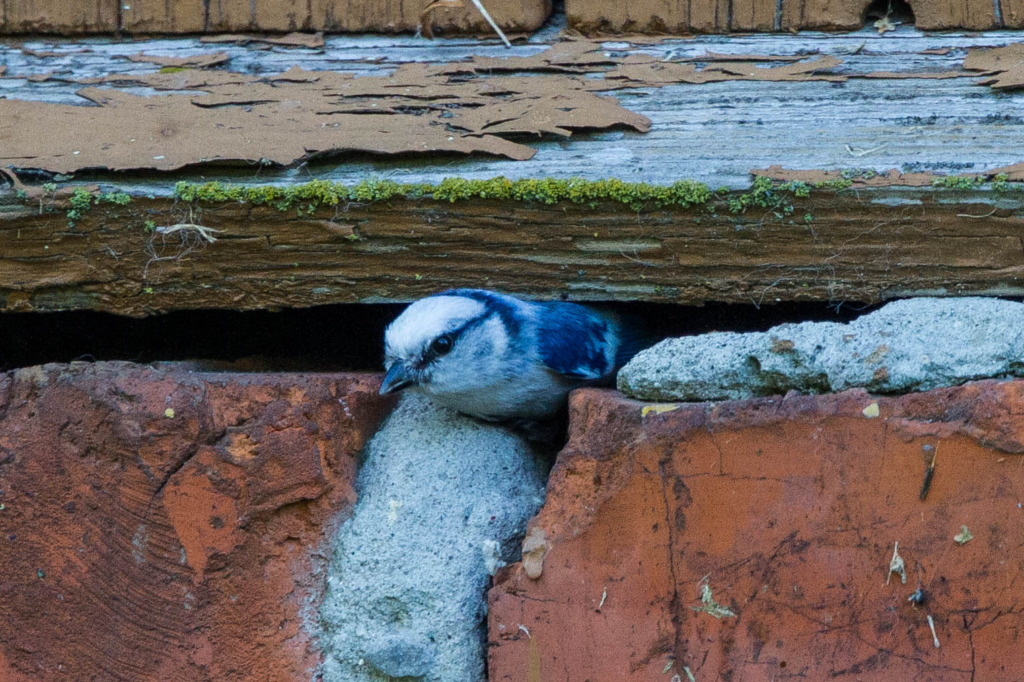
Photo Courtesy of Ron Knight / CC BY 2.0
Being a resident species, movements into other areas are few and far between, with some notable exceptions. One was in the 1870s and 1880s when the range expanded into north-western European Russia. Only to retreat sometime later for no apparent reason. However, it is thought a lack of suitable habitat may be the reason for the bird being unable to sustain a stable population.
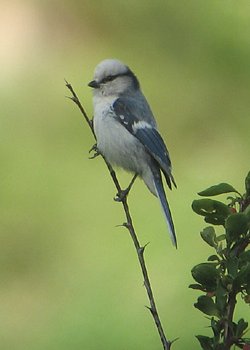
Photo Courtesy of Vincent van der Spek / CC BY-SA 3.0
Away from their core breeding areas, this is more than a rare bird to see in Europe. Finland appears to be the most regular country in which to see one. There have been 23 records between 1973 and 1992, with five more since that period. In fact, this winter there has been more sightings, some of which show hybrid members of the species.

Photo Courtesy of Ron Knight / CC BY 2.0
Elsewhere there have been over 30 records each in Poland and the Czech Republic and records into double figures in Austria and Estonia, though the Austrian birds are thought to include some hybrids and misidentified birds. Three have reached Sweden (the last in 2002) and one was in Denmark in 1964. Others have been reported from Latvia, Romania and the former Yugoslavia. A German record in 1821 was considered to be an escapee and a bird in France in 1907/08 was thought to be a fraud or perhaps a hybrid.
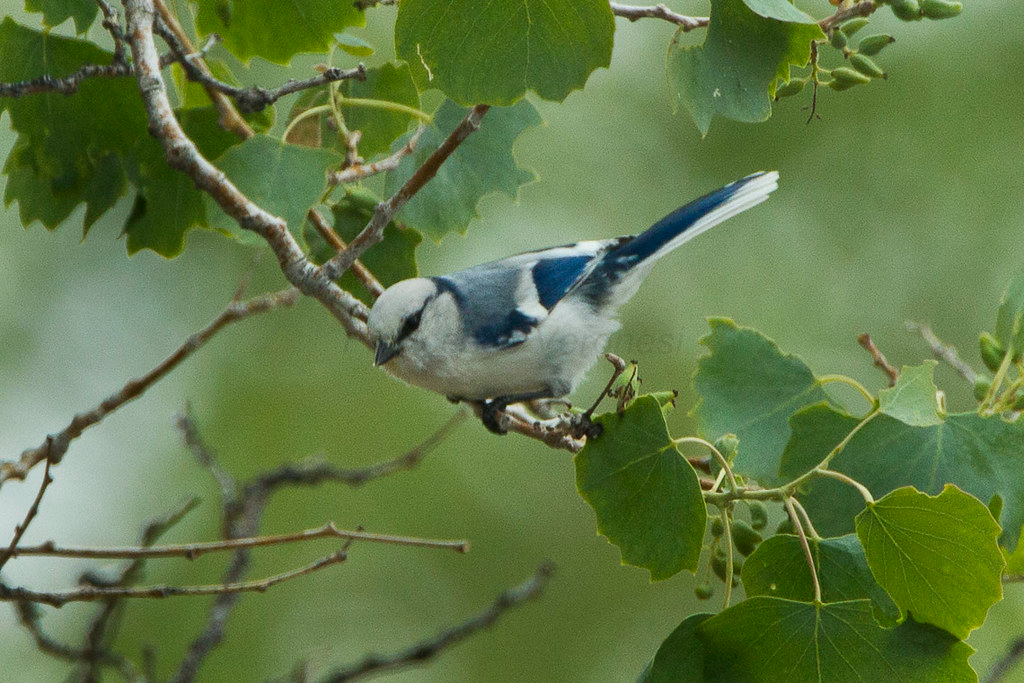
Photo Courtesy of fveronesi1 / C BY-SA 2.0
Azure Tit (Cyanistes cyanus) is resident over much of its range, but also nomadic. Periodic records from further west of their range offer a sliver of hope for British birders that one might just cross the North Sea during a westward push. No doubt if one did so it would produce one of the largest ‘twitches’ of all time. The would-be finder would have to be diligent enough to exclude the possibility of Pleske’s Tit before announcing their find to the nation’s news services! Hybrids show a broad suite of characteristics: compared with Azure Tit they exhibit a darker cap, have less white in the tail, reduced white in the tertials and greater coverts and have the ‘ghost’ pattern of Blue Tit on the underparts. ‘Azure Tits’ also hybridise with ‘Yellow-breasted Tit’. So, despite looking like a strikingly obvious species to identify in the field, there are clearly a number of pitfalls that need eliminating by the fortuitous finder of one of these stunners.
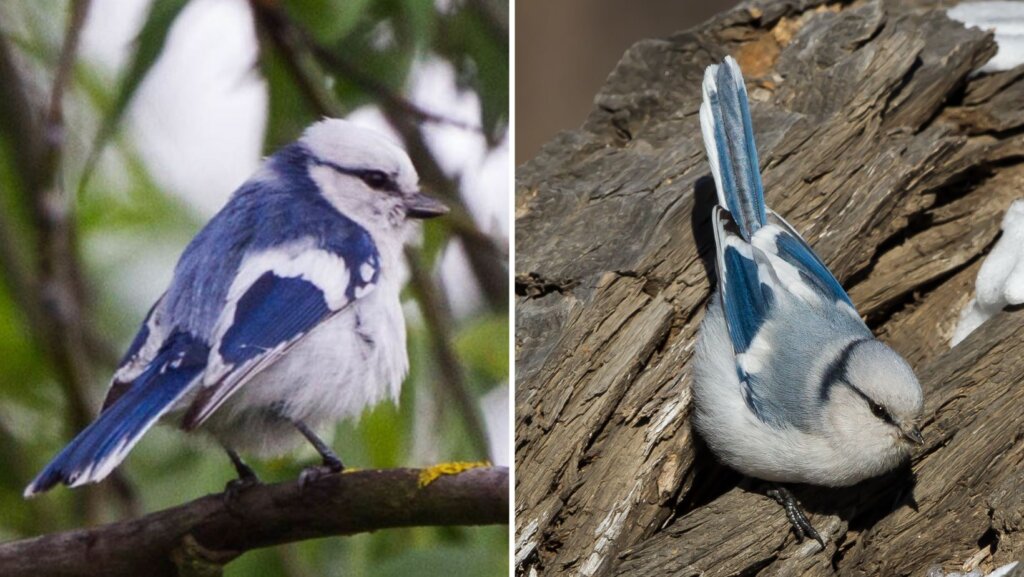
Hybrids (with the Blue Tit) pose a potential pitfall for would-be finders of this highly desired species. Such hybrids take the name ‘Pleske’s Tit’ and have occurred in a number of European countries, with singles unnervingly close (from a British perspective) in The Netherlands and France. A hybrid ringed in Sweden in October 1991 was controlled in Finland in 1992. Given their vagrancy to other European countries, of course, Azure Tit represents a possible addition to the British list at some point, albeit with a lower occurrence probability than some other Palearctic species. So, if you’re along the east coast and a blur of white and blue whizzes past you, don’t jump for joy immediately as Pleske’s Tit needs to be eliminated as, of course, would an aberrant Blue Tit.
Watch this bird right here in the video below:




